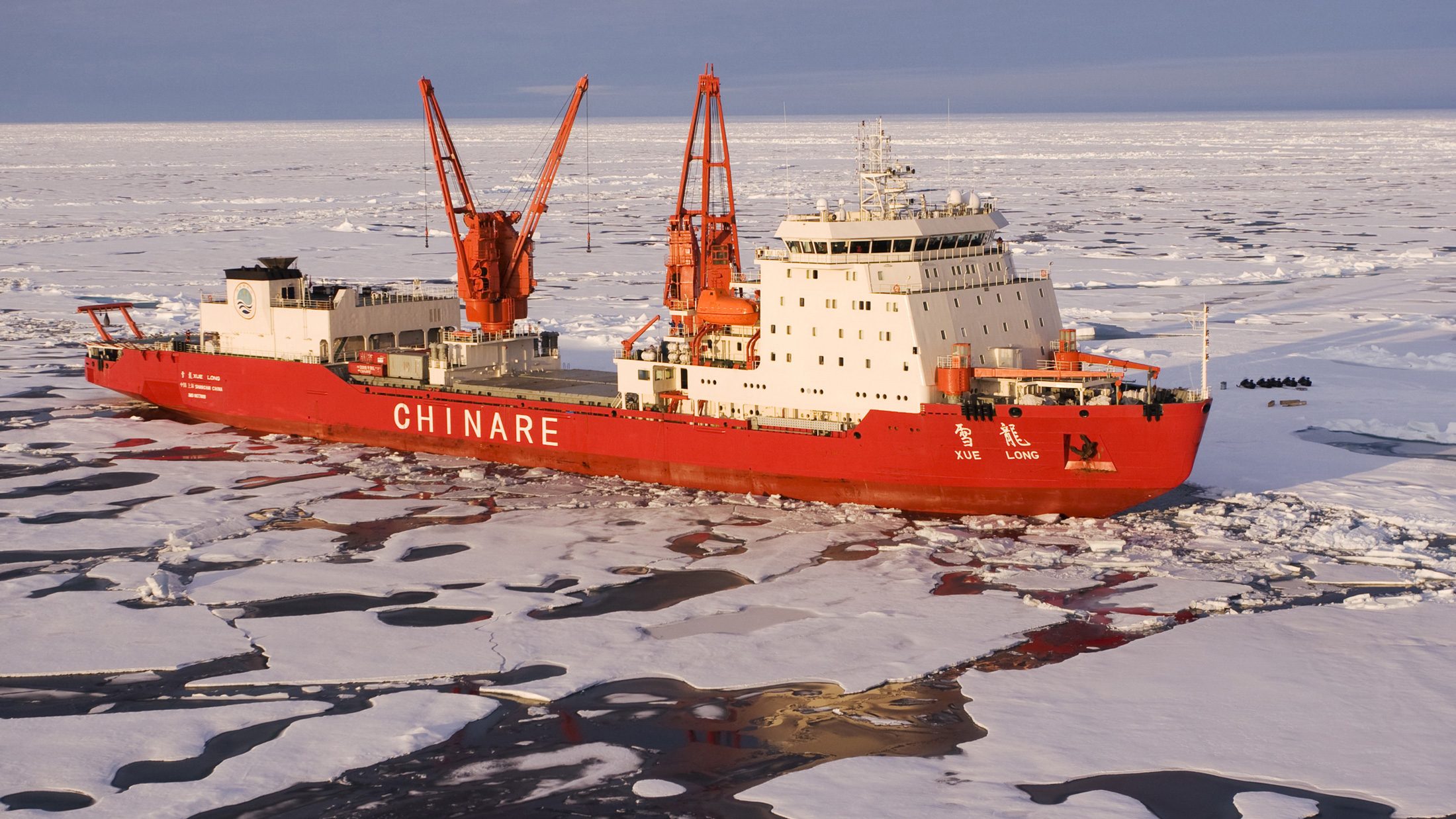Mikeoxenormous
Diamond Member
If the ice that sits above the surface of the sea melts, wouldn't this water drain into the sea and raise sea level !
Would like to refer to this happening back when Global Warming was causing the arctic ice to melt.

Another ship gets stuck in Antarctic ice, and it still doesn't disprove global warming
The U.S. Coast Guard is on its way to rescue a ship that got stuck in ice while trying to rescue another ship that got stuck in ice. Why so much ice? A rescued scientist explains.
